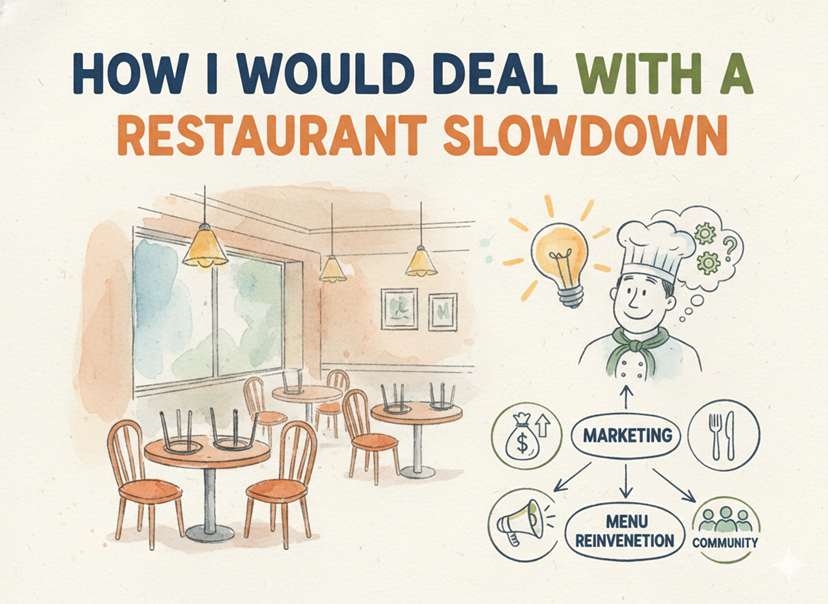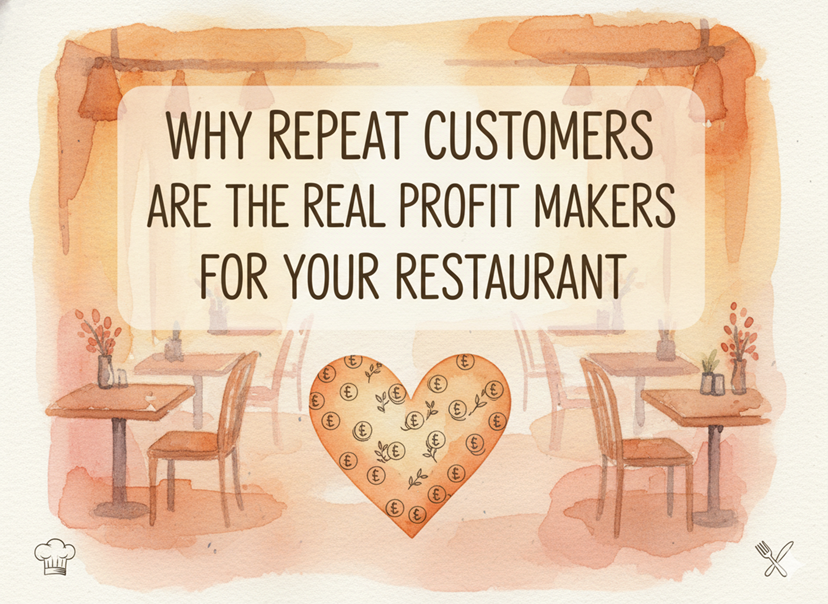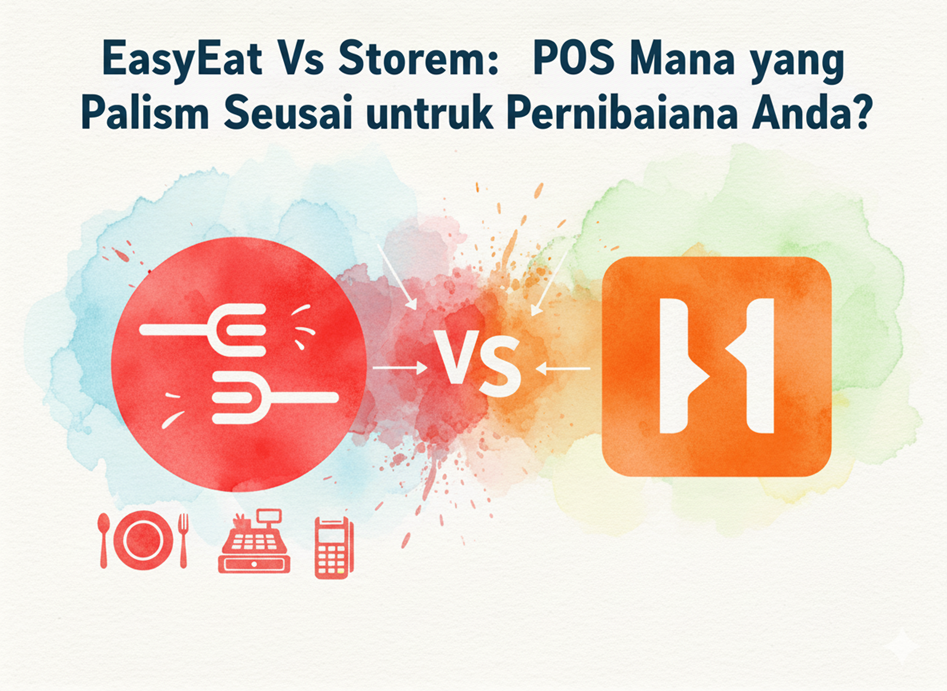One of the most frustrating things about running a restaurant is no-shows. You plan your seating, prepare ingredients, and schedule staff based on reservations, only to find that some guests never arrive. This can lead to wasted food, lost revenue, and a service disruption. However, there are ways to minimize no-shows and turn last-minute cancellations into opportunities.
What is a No-Show at a Restaurant?
A no-show happens when a guest makes a restaurant reservation but does not arrive and does not inform you that they are canceling. This can leave you with empty tables that could have been given to other diners. With online restaurant reservations becoming more popular, no-shows have also increased, as some guests book multiple places and choose later where they want to dine.
No-shows are not just an inconvenience; they directly affect your business. Studies show that restaurants lose thousands of dollars every year due to reservation no-shows. According to OpenTable, the average no-show rate for restaurants is around 20%, meaning one out of every five reservations might not show up. This can have a significant financial impact, especially if you run a small or medium-sized restaurant.
How Do Restaurants Deal with No-Shows?
Dealing with no-shows requires a combination of preventive measures and strategies to make up for last-minute cancellations. Here are some of the best ways to handle no-shows effectively:
1. Send Reservation Reminders
One of the most effective ways to reduce no-shows is by sending reservation reminders. People often forget their bookings, especially if they made them days or weeks in advance. Sending a simple text message, email, or phone call a few hours before their reservation can remind them and allow them to cancel if their plans have changed.
Many online restaurant reservation systems allow automated reminders, making it easy to manage this without extra effort. Reminders reduce no-shows and show customers that you value their booking and look forward to serving them.
2. Offer Easy Cancellation Options
Some guests don’t show up because they feel awkward canceling at the last minute. If you make it easy for them to cancel, such as through a link in their confirmation email or a quick reply to a text message, they are more likely to inform you. This allows you to free up the table for other customers instead of being left with an empty spot.
3. Require a Deposit for Reservations
One way to ensure customers honor their bookings is by requiring a deposit when they make a reservation. This can be a small amount per person that gets deducted from their final bill. When people have already paid a portion of their meal, they are more likely to show up.
However, some guests may not like the idea of paying in advance, so it is important to communicate the reason. You can also apply this policy only during peak hours or for large group bookings.
4. Implement a No-Show Fee
A no-show fee is a charge applied to guests who fail to show up for their booking without canceling. Many high-end restaurants and those with limited seating use this method to prevent losses from no-shows.
Should I Charge for No-Shows?
Charging a fee can discourage people from making multiple reservations at different restaurants and then deciding last minute where to go. However, this strategy works best when communicated during the booking process. Some guests may feel frustrated if they are charged unexpectedly, so make sure your policy is visible on your website, reservation confirmation, and reminders.
How to Recover from No-Shows
Even with the best policies in place, no-shows will still happen. Instead of letting those empty tables go to waste, you can take action to fill them up quickly.
1. Use Last-Minute Promotions
One of the best ways to deal with unexpected cancellations is by offering last-minute promotions. This is only applicable if they inform you before. You can create special discounts or exclusive deals for walk-in customers or online followers. This not only helps you fill up empty tables but also attracts new customers who might become regulars.
With EasyEat, you can set up these promotions in just a few clicks. If a guest cancels their reservation an hour before their booking, you can instantly offer a discount to nearby diners looking for a place to eat. This turns a potential loss into an opportunity for extra revenue.
2. Open Up Reservations Again
If you receive a cancellation, make the table available again for new bookings. Many online restaurant reservation systems allow real-time updates, so people searching for a last-minute dining option can see the availability and book immediately.
3. Use a Waitlist System
Having a waitlist or a restaurant reservation management system like EasyEat can help you quickly fill up tables that become available due to no-shows. If your restaurant often has walk-in guests waiting for a table, you can keep a list of interested diners and notify them when a table opens up. This can be done manually or through digital systems that send automated messages to waitlisted guests.
Should I Charge a No-Show Fee?
Charging a no-show fee can be effective, but it depends on your restaurant type and customer base. High-end restaurants and those with limited seating often charge a fee because every empty table means a significant loss. However, if you run a casual dining spot, you may prefer to focus on reminders and flexible cancellation policies instead.
If you decide to implement a no-show fee, make sure to communicate it at the time of booking. Customers should be fully aware of the charge before confirming their reservation to avoid any misunderstandings.
Do Restaurants Charge for No-Shows?
Many restaurants do charge for no-shows, especially those that operate with a strict reservation-only policy. However, the success of this approach depends on how well the policy is communicated. Some guests may avoid booking at restaurants with strict no-show fees, while others may appreciate the commitment it ensures.
No-shows are a common problem in the restaurant industry, but they don’t have to be a major loss for your business. By using reminders, deposits, easy cancellations, and no-show fees, you can reduce the number of guests who fail to show up. Additionally, last-minute promotions and waitlists can help you fill empty tables quickly.
With EasyEat, you can create real-time offers for last-minute bookings, ensuring that your restaurant stays busy even when cancellations happen. Turning no-shows into opportunities is possible with the right approach and smart tools.
By implementing these strategies, you can minimize losses, improve table management, and create a better dining experience for your customers.




